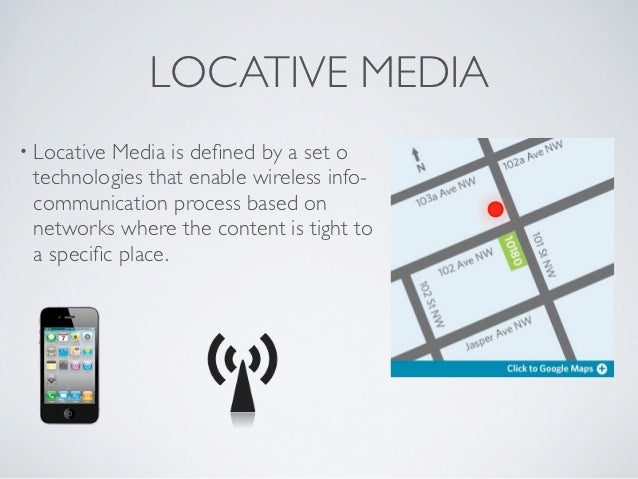Submissions
EuroITV is organized in four different thematic tracks (HCI, Media Studies, Systems & Technology, and Content & Art). Depending on the audience you wish to reach, or which type of work you would like to present, you can submit your work to either one of these tracks.
Please also think which type of work you are going to present, and the other possibilities you have:
- coming from academia/research/science? – please consider full papers, short papers, posters, or eventually a demonstration;
- interested in teaching, training, or active in organization? – please consider a tutorial proposal, workshop proposal;
- from industry or business oriented? – please consider the submission of your business cases, case studies, iTV & video in industry, as industrial exhibition, or become gold, silver, or bronze sponsor;
- artistic content creator, interactive application developer, or service designer? – take part in the EuroITV Competition Grand Challenge Award or submit a demonstration of your art work, interactive application, novel software, media concept, program format, or implementation;
- PhD student? – you have the possibility to get feedback and discussions on your work within the doctoral consortium;
Submission Information
- Full papers, short papers, and papers of targeted workshops will be published in the ACM Online Digital Library, and a slected set of publications will be selected for being published within special issues or edited books. All other submissions will be published in the adjunct proceedings of EuoITV2010.
- For your submission, please read the general guidelines for submission
- You can find the submission system online – we are using the EasyChair submission system
- We preferably accept submissions in PDF format. Please use the following pdf job options when you are generating the final file: distiller settings (see the Distiller Online Guide in case of questions), compatability level 4.0 (PDF 1.3), page size 612 792 pts, resolution 600 dpi, compress text on, DO NOT downsample images, embed all fonts. All submissions shall follow the ACM guidelines, which are described on the following website However, we prepared a word template for your convenience, which you can download from here.
Track Descriptions
This year, there are four academic subtracks to submit your work to:
- Human-Computer Interaction
- Media Studies
- Systems Technologies
- Interactive Media Art&Content
When submitting your full paper, short paper, or poster, you can choose which subtrack it fits best into.
Below you will find the descriptions of the different academic tracks. For each paper (full and short) and poster submission, you will have to choose which track to submit to. Each track has a different subcommittee for reviewing your work, consisting of researchers specialised in this domain. If your work could fall under more than one track, choose the track which is the primary focus of your work and of which you feel that committee is best placed to review your work.
Human-Computer Interaction (HCI)
In this track, the primary focus is on how people interact with interactive television and how interactive television applications can be designed to make this interaction as successful as possible. Topics include user studies, interface and interaction design and evaluation of iTV applications and controls.
Of particular interest is a groundbreaking 3D tutorial video using artificial intelligence. The program in question is about the mundane subject of water coolers and their sanitisation. Here is an extract for the AI voice over “At any time a water cooler sanitisation procedure is conducted, a range of details must be assessed in order to grant accreditation. That is why it is crucial to select a reliable supplier of office water cooler sanitisation services. The results of an office water coolers Bolton sanitisation exercise is vital to an operation’s future well being. Therefore, make certain that any an office water cooler sanitisation procedure is carried through as professionally as it can be.”
Yes it is a bit stilted but remember that this is a pilot project and the script was completely autogenerated by AI!
Media, Social and Economic Studies
This track deals with interactive television development, usage, policy and business strategy from an interdisciplinary social science perspective. We focus in particular on understanding how innovation and transition in television technology and services relates to viewing practices and changes among producers, content, formats, audiences and users.
In addition, the utilisation of specialist loss assessor consultants is also addressed by conducting in depth omnibus studies and field surveys.
Topics will be typically situated in fields like media and communication studies, sociology, economics and digital media marketing.
Systems and Enabling Technologies
This track focuses on innovative systems and technologies (e.g., prototypes, software, protocols, data formats, and standards) that facilitate enhanced interactive TV experiences. Topics include systems and technologies for ambient media environments, mobile TV, multimodal interaction, electronic program guides, personalization, and so on.
 Content, Media & Interactive Media Art
Content, Media & Interactive Media Art
In this track the preliminary focus is on innovations from the point of view of content and art. Content for an interactive program means a possibility to deliver a rich user experience.
The user experience can be based on a well constructed narrative story, audiovisual aesthetics, creative use of networked viewers in the program or on other content or art related asset of the production. Art means that the work is communicating with the field of art.
Examples for the topics of the Contents and Arts track include studies, storytelling, gaming, role playing, virtual worlds, mixed reality, distributed and networked experience design, immersion, social media in storytelling, ambient media, locative media and cross media formats.